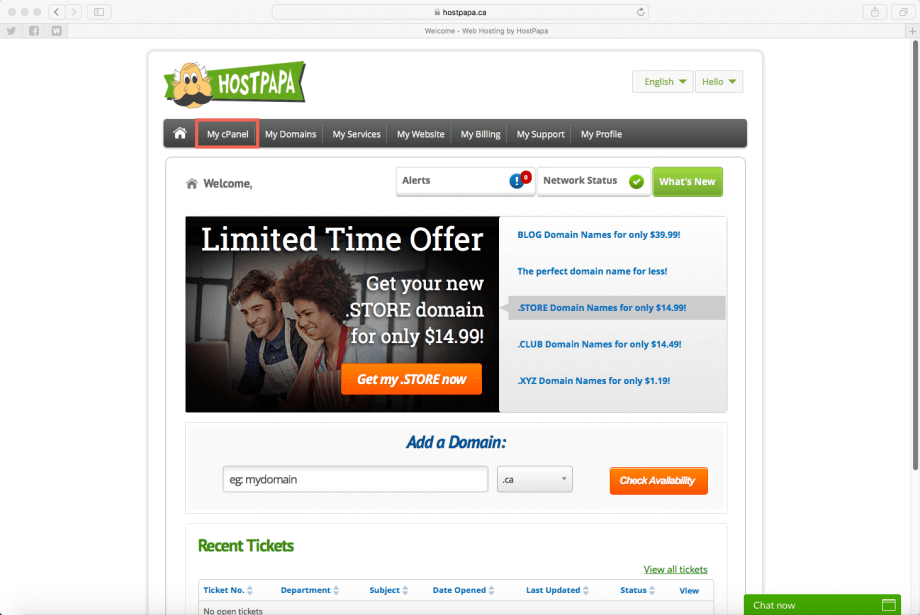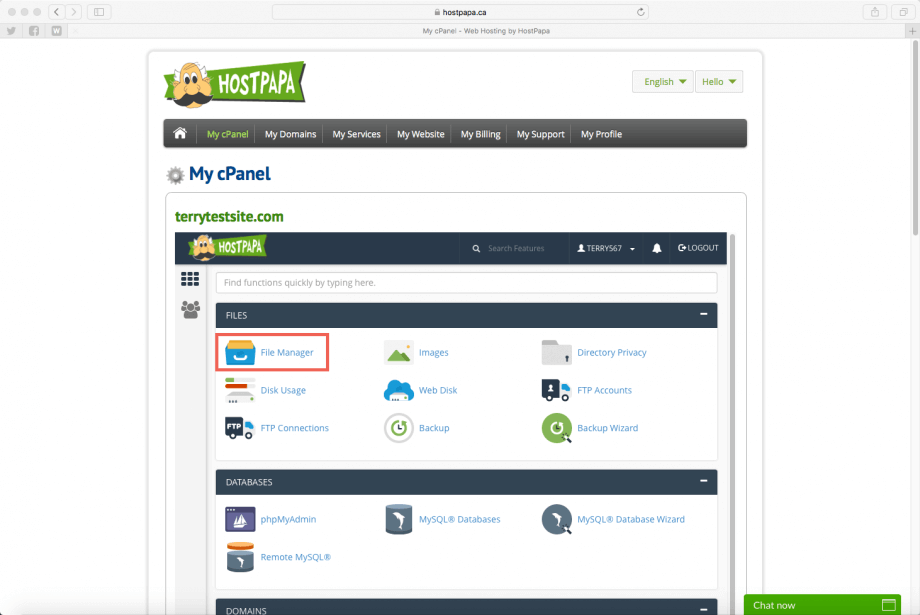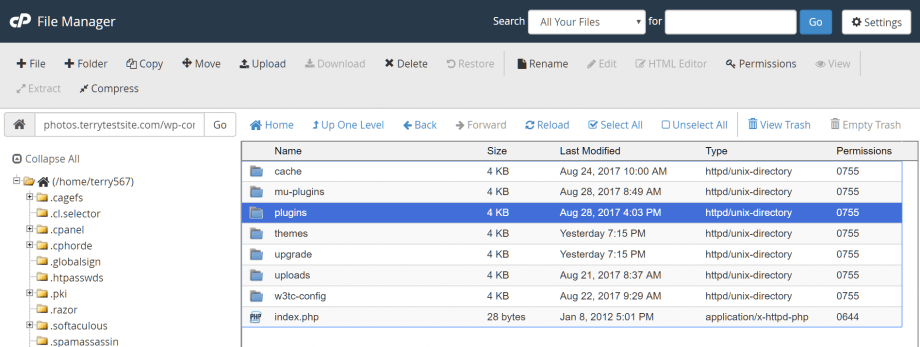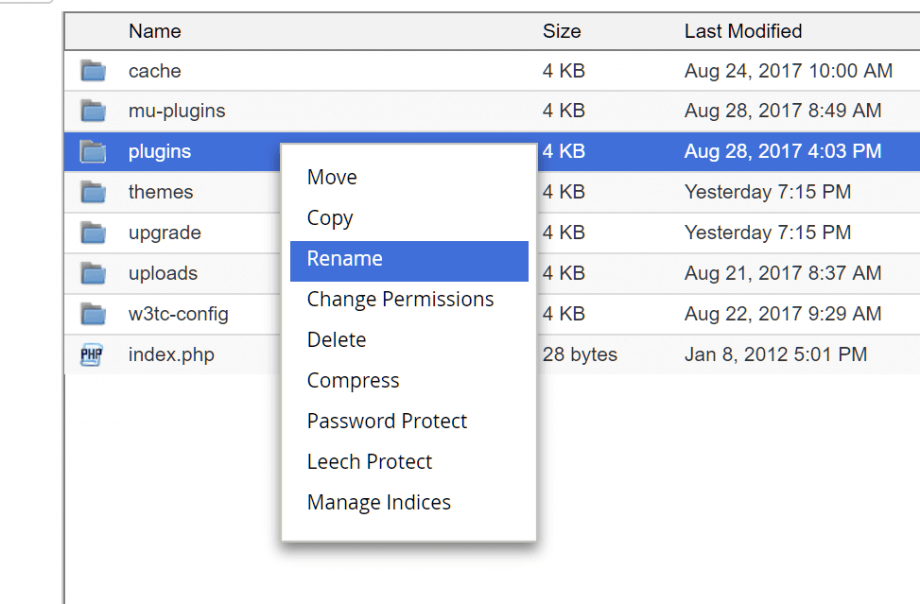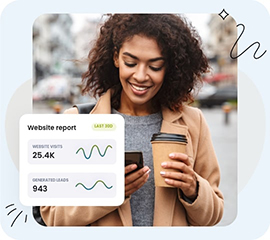The extensible, open design of WordPress has led to the development of thousands of plugins which enable new features and enhanced platform performance. However, as the WordPress software is continually updated, plugins must also be kept up to date to ensure they continue to work with the core platform. If plugins are not updated, or if they contain bugs, you may experience issues that require troubleshooting.
Typical plugin issues include the so-called “White Screen of Death”, where you see a blank white screen when trying to access your site, but there can be a range of errors messages and other symptoms which necessitate troubleshooting WordPress plugins.
If you see a blank screen instead of your WordPress site, it typically means that you’ve exhausted your server’s memory limit. This could be caused by a plugin that is not functioning properly or by a poorly coded theme.
Slow-running sites can be due to a number of issues, including:
- Poor or improper configuration of the web server
- Too many plugins or poorly designed plugins
- Large page sizes
- Too many scripts or ads on a page
- Too many large images on a page
Follow these steps to troubleshoot your WordPress plugins.
Back up your WordPress installation
Before you begin troubleshooting, it’s a great idea to back up your WordPress installation fully. As no changes to the database will be made, there’s no need to make a copy of it. But do back up the folder on your server that contains the core WordPress files, your theme files, plugins, and media.
Log in to your HostPapa Dashboard and, in the top navigation menu, select My cPanel.
Now select File Manager.
In File Manager, use the +Folder command at the top of the screen to create a backup folder for your files. Enter a folder name, then click Create New Folder to proceed.
Navigate to your WordPress folder and right click on it. From the context menu, select Copy.
You’ll be asked to enter a location (path) to which to copy your WordPress installation. Enter the full path to your newly created backup folder. Tip: check the File Manager sidebar for the file path.
Click the Copy File(s) button to back up your WordPress files and folders.
Deactivate your plugins
The simplest way to troubleshoot WordPress is to deactivate all of your plugins and then reactivate them one at a time, until the issue reoccurs.
If you still experience the issue when all of your plugins are deactivated, move on to the next step, troubleshooting your theme.
You can deactivate your plugins in one procedure using an FTP client or cPanel File Manager. Navigate to the app folder in your main WordPress folder.
Right click on the plugins folder (which is where WordPress keeps your plugin files) and select Rename.
Rename the file to something like plugins.old – any name will do, as long as it’s different to the original. This step will automatically deactivate all of your plugins and you should now be able to access your WordPress admin dashboard.
Once you have logged in, go back to your /app/ folder and create a new plugins folder. Copy each plugin, one at a time, from plugins.old into the new plugins folder to reactivate them. When you hit the error once again, you will have identified the problematic plugin. You can now contact the plugin developer for support.
If these steps do not resolve the issue, then there may be an issue with your server configuration. Please open a support ticket from your HostPapa Dashboard. Follow this link to learn how.
